A version of this story appeared in CNN’s Wonder Theory science newsletter. To get it in your inbox, sign up for free here.
A record-breaking water plume erupted from Saturn’s moon Enceladus, and the James Webb Space Telescope was watching when it occurred.
Beneath the thick, icy crust of Enceladus is a global saltwater ocean. Previous missions like Cassini have spied plumes jetting for hundreds of miles between cracks — dubbed “tiger stripes” by scientists — in the ocean world’s surface. The geyser-like plumes release water vapor, organic chemicals and ice particles into space.
But the plume witnessed by the Webb telescope spanned more than 6,000 miles (9,656 kilometers), which is nearly the distance between Los Angeles and Buenos Aires, Argentina, according to a NASA release. A study detailing the finding has been accepted for publication in the journal Nature Astronomy.

“When I was looking at the data, at first, I was thinking I had to be wrong. It was just so shocking to detect a water plume more than 20 times the size of the moon,” said lead study author Geronimo Villanueva, a planetary scientist at NASA’s Goddard Space Flight Center in Greenbelt, Maryland, in a statement. “The water plume extends far beyond its release region at the southern pole.”
Enceladus is a tiny moon, only about 4% the size of Earth and measuring 313 miles (503.7 kilometers) across. But it’s one of several intriguing ocean worlds in our solar system where scientists think they have the best chance of finding life beyond Earth. Although the global ocean exists beneath an ice shell, the moon’s rocky core may warm the ocean enough to make it habitable for life, if it exists there.
Webb’s detailed detection of the plume revealed that the water vapor was releasing from Enceladus at about 79 gallons (299 liters) per second — enough to fill an Olympic-size swimming pool in a couple of hours, which would take more than two weeks on Earth using a garden hose, according to the release.
“The orbit of Enceladus around Saturn is relatively quick, just 33 hours. As it whips around Saturn, the moon and its jets are basically spitting off water, leaving a halo, almost like a donut, in its wake,” Villanueva said. “In the Webb observations, not only was the plume huge, but there was just water absolutely everywhere.”
Saturn’s water supply
The fuzzy water halo, called a torus, also happens to be located in Saturn’s widest and outermost ring, called the “E-ring.” Webb’s sensitive instruments collected data that revealed 30% of the water remains within the torus, while 70% escapes and acts as a water supply for Saturn and its 124 moons.
Designing missions to explore Enceladus more rigorously and discover the depth of its ocean is a priority for astronomers. Two missions dedicated to studying Jupiter’s moon Europa, which shares some similarities with Enceladus, will arrive at the icy ocean world at the beginning of the 2030s: NASA’s Europa Clipper mission and the European Space Agency’s Jupiter Icy Moons Explorer mission. And Saturn’s moon Titan, also an ocean world, will be explored by NASA’s Dragonfly mission in 2034.
In the meantime, Webb will continue to observe Enceladus and gather information that could be helpful for future missions
“Right now, Webb provides a unique way to directly measure how water evolves and changes over time across Enceladus’ immense plume, and as we see here, we will even make new discoveries and learn more about the composition of the underlying ocean,” said study coauthor Stefanie Milam, planetary scientist at NASA Goddard Space Flight Center, in a statement. “Because of Webb’s wavelength coverage and sensitivity, and what we’ve learned from previous missions, we have an entire new window of opportunity in front of us.”





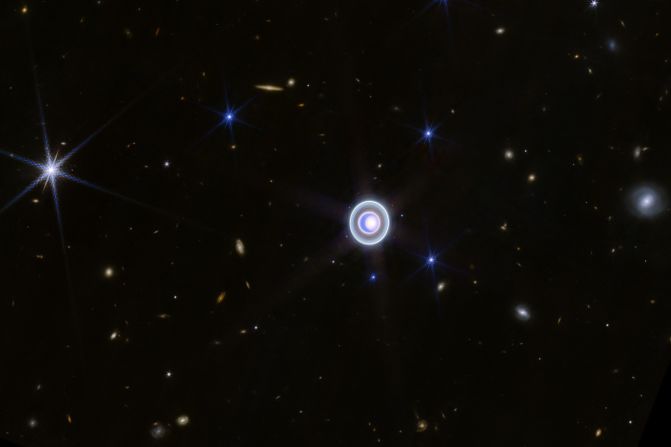

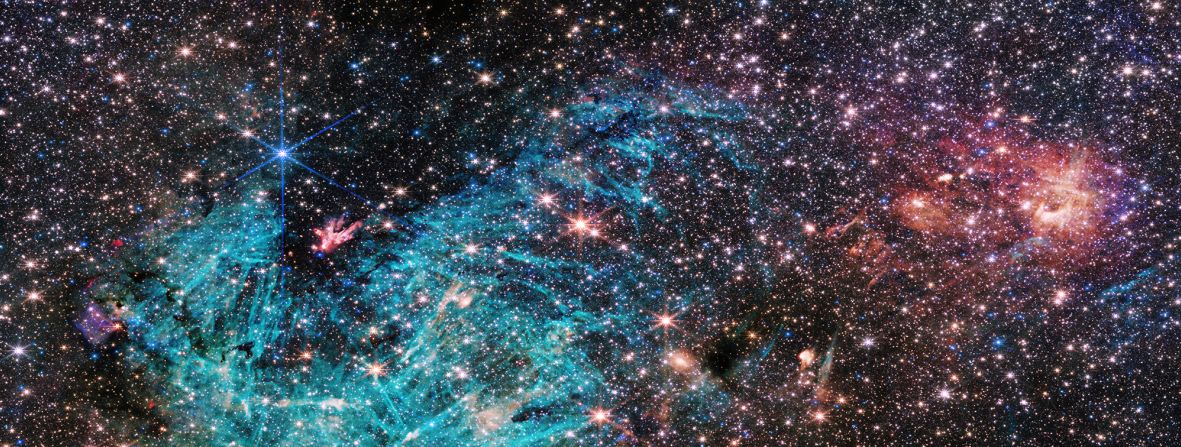

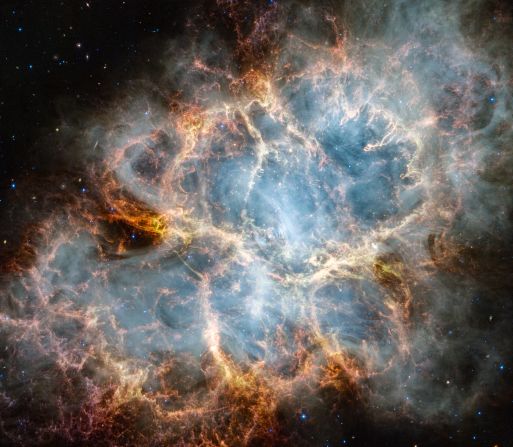
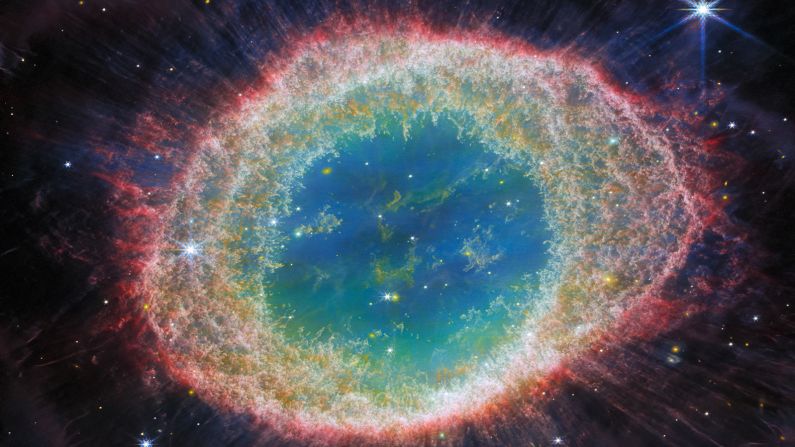

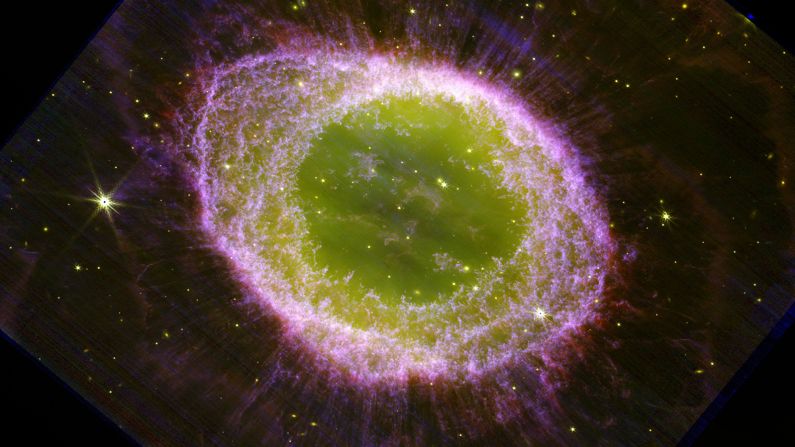
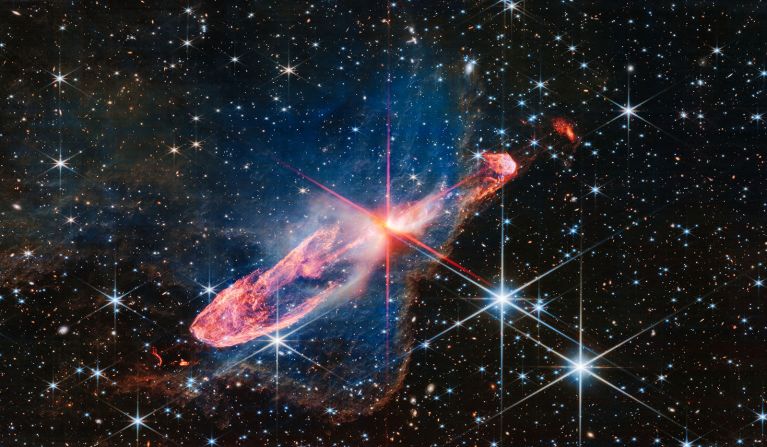

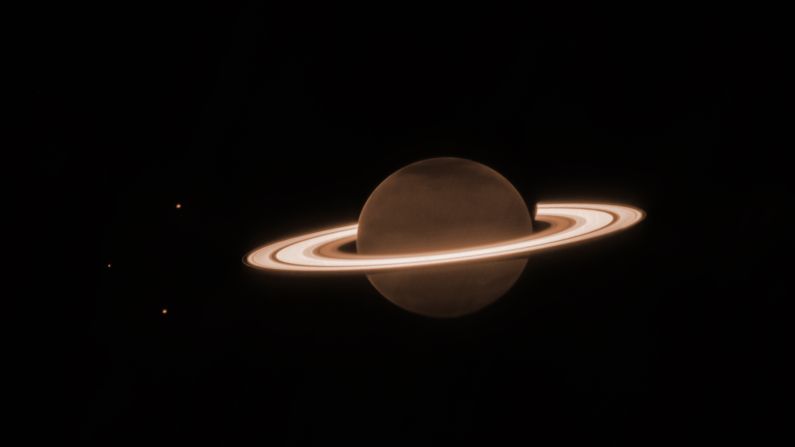
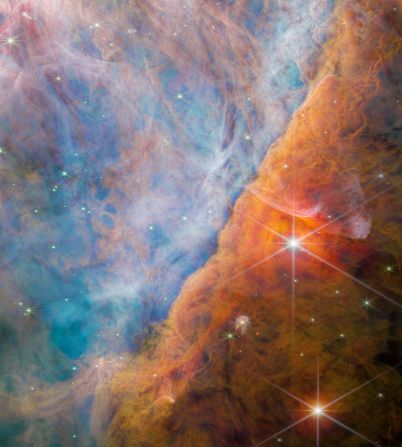


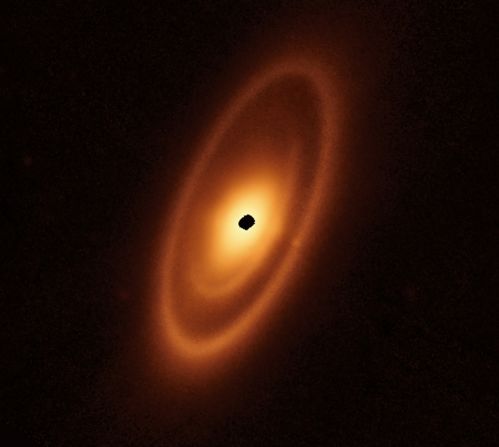
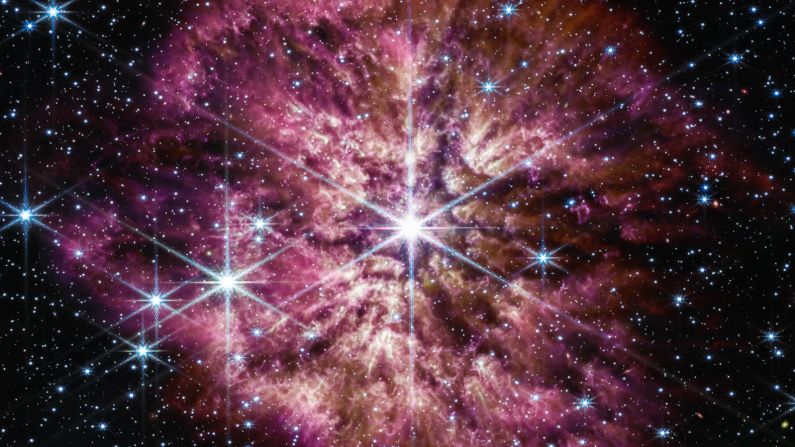
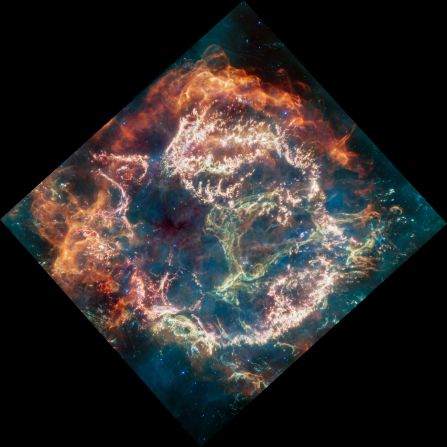
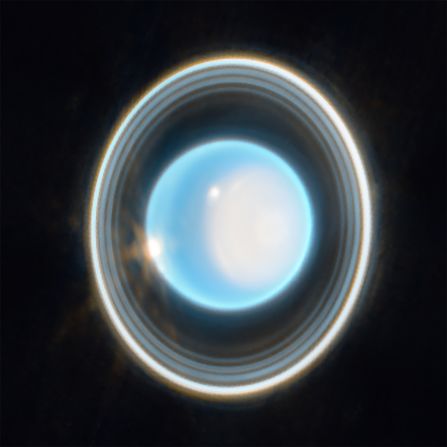





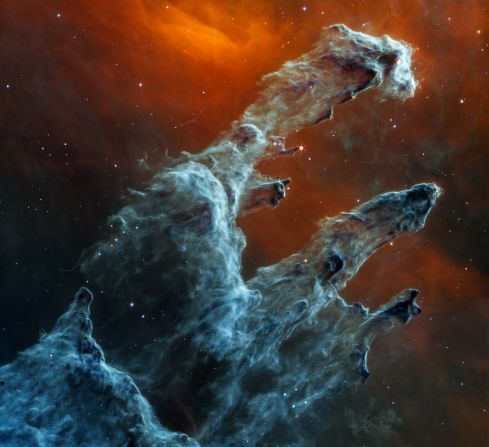
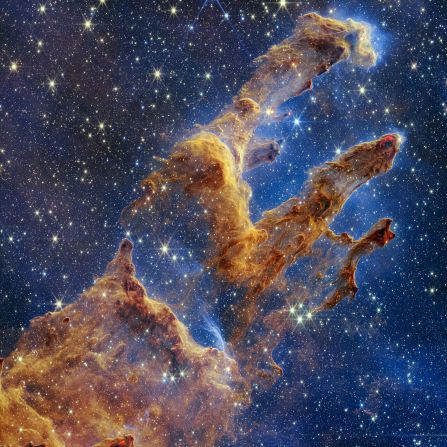
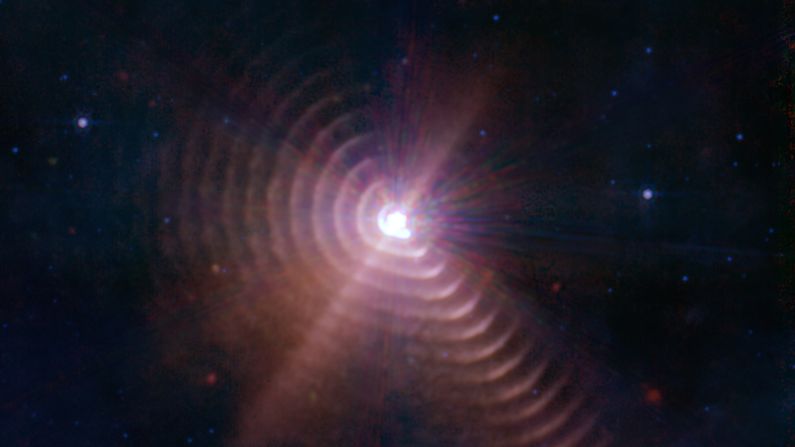

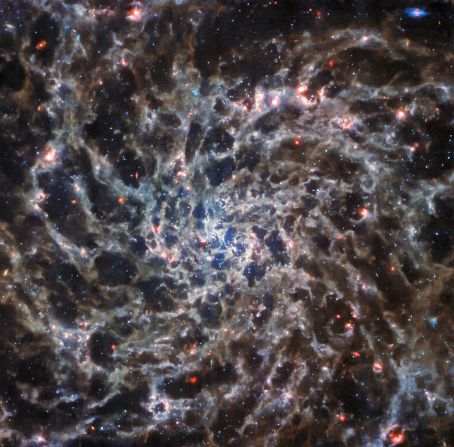
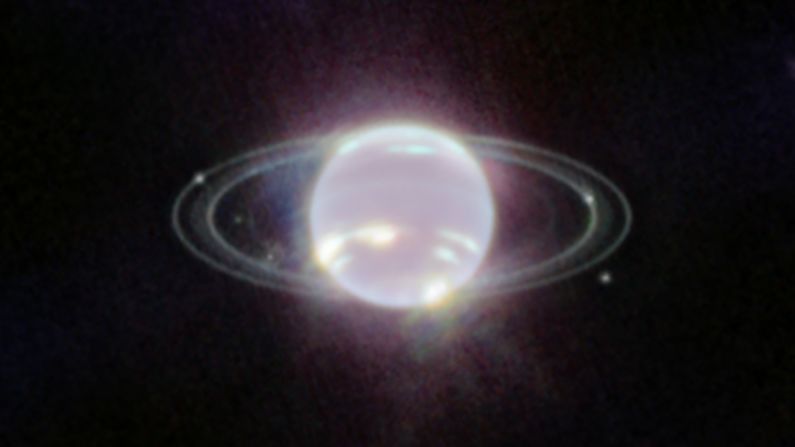
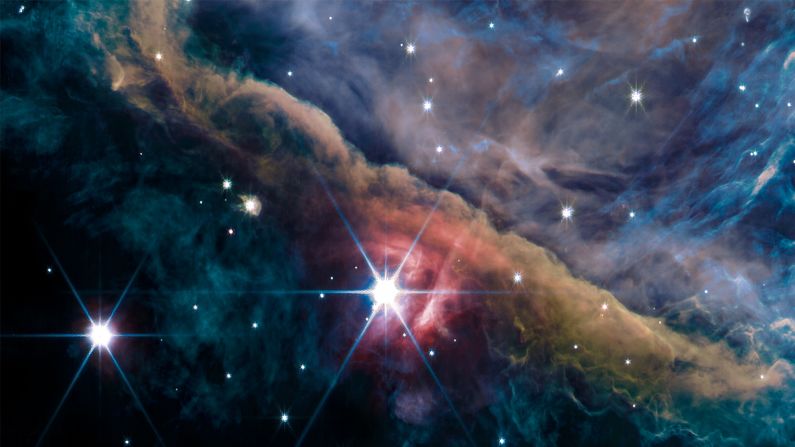
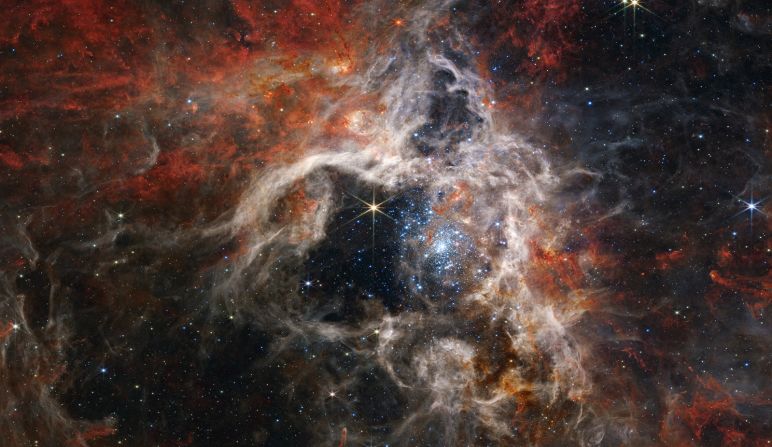
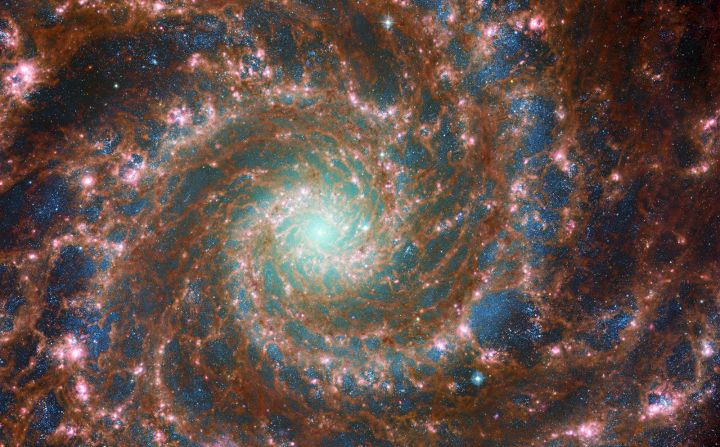



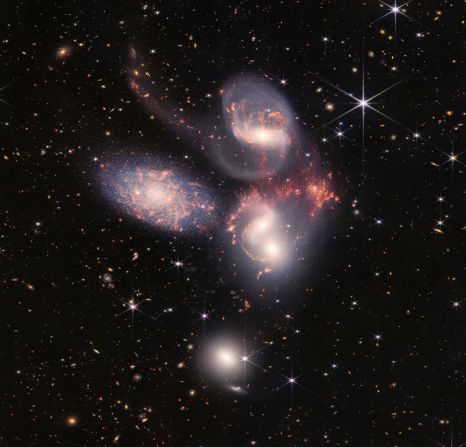
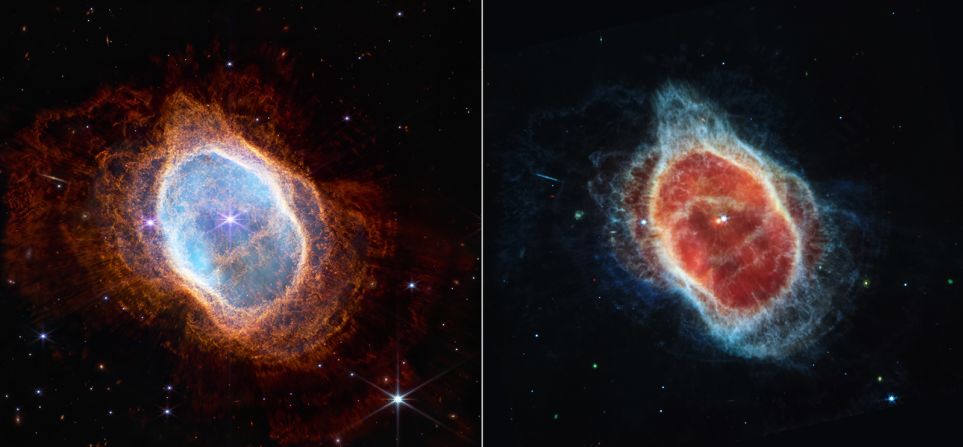

![This artist's concept of Comet 238P/Read shows the main belt comet sublimating—its water ice vapourising as its orbit approaches the Sun. This is significant, as the sublimation is what distinguishes comets from asteroids, creating their distinctive tail and hazy halo, or coma. The NASA/ESA/CSA James Webb Space Telescope's detection of water vapour at Comet Read is a major benchmark in the study of main belt comets, and in the broader investigation of the origin of Earth's abundant water. [Image description: Illustration, close up of rocky body of a comet with detailed, cratered surface. Glowing rays emanate from the rocky surface like sunlight through clouds, representing water ice being vapourised by the heat of the Sun.]](https://media.cnn.com/api/v1/images/stellar/prod/230515141902-01-webb-telescope-water-rare-comet.jpg?c=16x9&q=h_144,w_256,c_fill)




